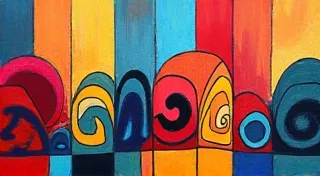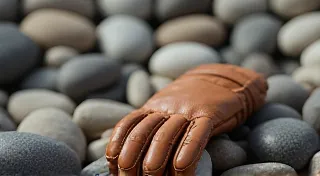The Silent Language of Grain: Reading the Secrets in Wood's Texture
There's a peculiar intimacy that develops when you spend time with wood. Not just any wood, but the kind that breathes history – the wood carved by hands long gone, imbued with the spirit of a region and the echoes of a tradition. It’s more than just a material; it’s a story whispered through the grain, a silent language only those who truly listen can understand. I remember the first time I truly *saw* this. I was helping my grandfather, a retired furniture maker, clean out his workshop. Dust motes danced in the afternoon sun, illuminating the scent of aged timber and beeswax. He was showing me a partially restored antique accordion – a beautiful, complex instrument crafted primarily from maple and rosewood. It wasn’t the music the accordion made that captivated me, but the wood itself.
Maple, with its subtle cathedrals and swirling patterns, spoke of strength and resilience. Rosewood, dark and richly textured, hinted at a distant, exotic origin and a certain mystique. He’s the one who started teaching me to *read* that language – to understand how the wood’s inherent qualities dictated the carving process, the final form, and ultimately, the character of the regional carving style.
Wood carving isn't simply about manipulating a block of material. It’s about a dialogue. It’s about acknowledging the wood's natural tendencies and working *with* them, rather than against them. The grain isn't just decorative; it’s an instruction manual. An experienced carver knows that certain grains are ideal for intricate detail, others for structural support, and still others are best avoided altogether. This is the foundation of how regional carvings developed their distinctive personalities. Think of it this way: an artist choosing paintbrushes considers brush shape, bristle firmness, and handle length; a wood carver chooses based on the wood’s grain.
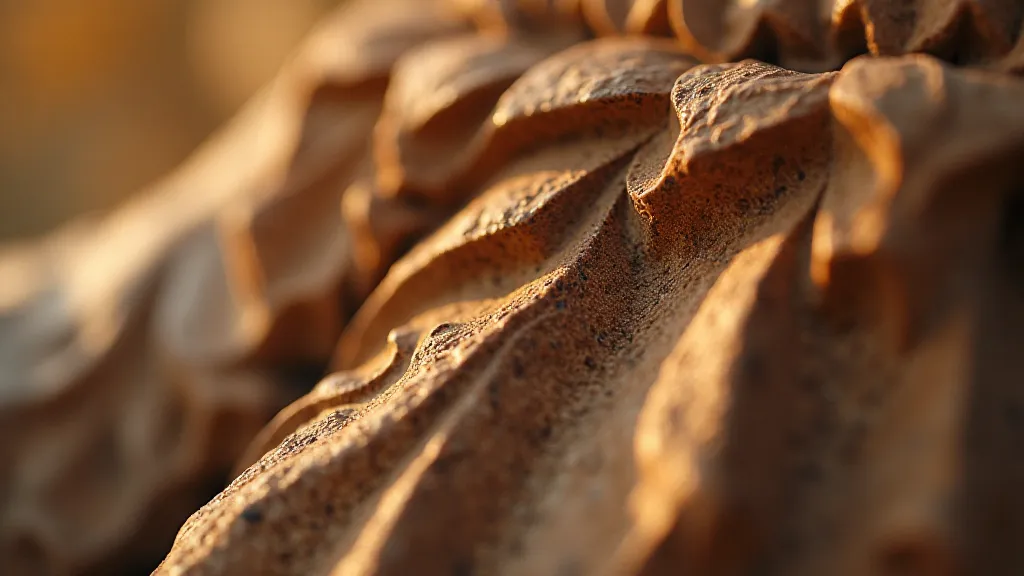
The Dance of the Grain: Regional Variations
Let’s consider a few regions and how their dominant wood types influenced their carving traditions. In the Black Forest region of Germany, renowned for its intricate wood carvings on cuckoo clocks and other folk art, spruce and linden were the primary choices. Spruce, readily available and easily worked, lent itself to the rapid creation of numerous pieces, while the softer linden allowed for exceptional detail. The grain of spruce, typically straight and relatively uniform, encouraged the carving of symmetrical patterns and three-dimensional figures, often depicting forest scenes and local folklore. The lightness inherent in the grain supported the playful, sometimes whimsical, style that characterizes Black Forest carvings.
Moving eastward to Poland, specifically the region of Masovia, a different narrative unfolds. Here, beech was the dominant wood. Beech, denser and harder than spruce or linden, demanded a different approach. The grain of beech, often more wavy and complex than its counterparts, guided the creation of more stylized and abstract forms. Masovian carvings frequently feature flattened figures, swirling motifs, and a focus on symbolic representation rather than realistic detail. The toughness of the wood also influenced the choice of tools; heavier gouges and stronger chisels were necessary to shape the material.
Then there's the stunning wood carving tradition of Oaxaca, Mexico. Alebrijes – brightly painted, fantastical animal figures – are a hallmark of the region. While the carvings are often finished with vibrant colors, the underlying wood itself plays a crucial role. Copal wood, known for its softness and fine grain, is favored. The wood's ability to be easily carved allows for the creation of the elaborate, dreamlike forms that define the alebrije style. The grain of copal is often quite straight, making it easy to create smooth, flowing lines – a characteristic feature of alebrije designs. The color itself, a muted reddish hue, often peeks through the vibrant paint, adding another layer of visual interest.
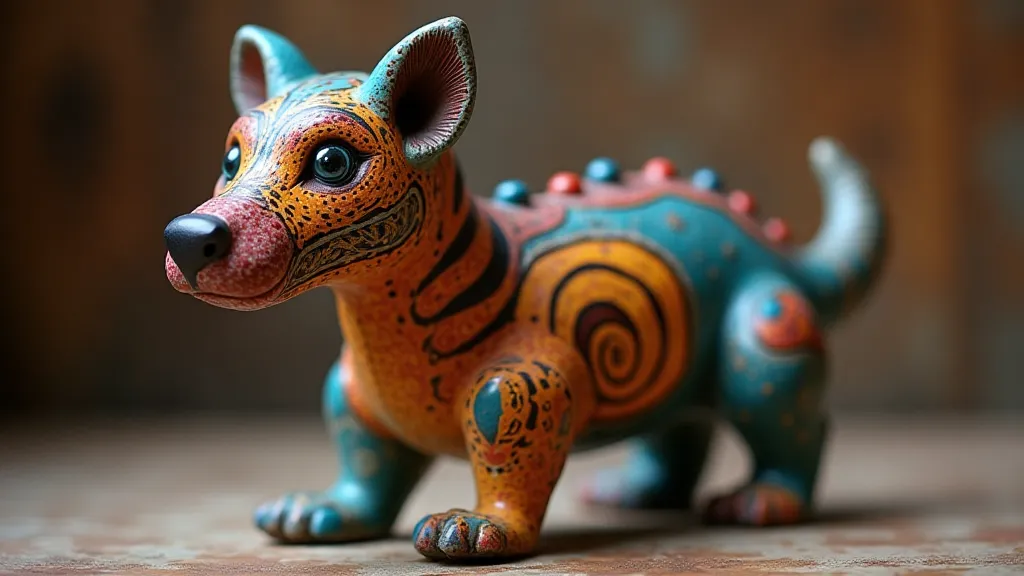
Beyond the Grain: Tools and Techniques
The type of wood influences not only the designs but also the tools and techniques employed by the carver. Softer woods like spruce and copal can be worked with smaller, more delicate tools, allowing for greater precision and detail. Harder woods like beech and maple require more robust tools and a more forceful approach. Traditional wood carving often involved hand tools – gouges, chisels, and knives – passed down through generations. These tools, honed to razor sharpness, allowed the carver to feel the wood, to sense its natural flow, and to adapt their technique accordingly. The marks left by these tools are often visible in the finished carving, adding character and a tangible connection to the artisan's hand.
Interestingly, some regions developed unique techniques to mitigate the challenges posed by difficult-to-carve wood. In areas where hardwoods were dominant, carvers might employ a process called "green wood carving," working with freshly cut wood that is still moist and pliable. This allows for easier manipulation of the material, though it requires a deeper understanding of wood shrinkage and distortion. Conversely, in regions with softer woods, carvers might utilize techniques like "chip carving," which involves removing thin layers of wood to create intricate patterns.
Restoration and Appreciation: Seeing the Wood’s Story
For those interested in collecting or restoring antique carvings, understanding the language of the grain is invaluable. It allows you to not only appreciate the beauty of the piece but also to assess its authenticity and condition. Look closely at the grain pattern – does it match the type of wood claimed for the carving? Are there any signs of repair or alteration that might compromise its historical integrity? The grain tells a story – a story of the wood's origin, the carver's skill, and the passage of time.
Restoration requires a respectful approach. While cleaning and stabilizing a carving is important, it’s crucial to avoid excessive sanding or refinishing that would erase the original markings and character. The imperfections – the tool marks, the subtle variations in grain – are all part of the carving’s story. They connect us to the past and remind us of the human hand that shaped the wood into a work of art.
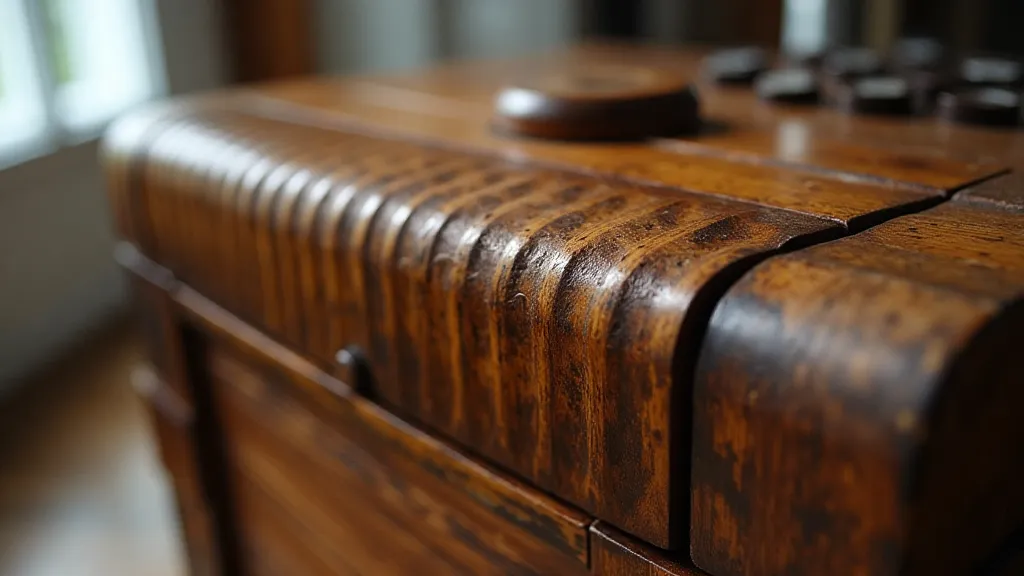
Returning to my grandfather’s workshop and that antique accordion, I realize that understanding the wood’s language isn’t just about identifying the type of wood or recognizing the carving style. It’s about appreciating the connection between the artisan, the wood, and the region – a connection that transcends time and speaks to the enduring power of human creativity. It's a silent language, indeed, but one that rewards those who take the time to listen.

